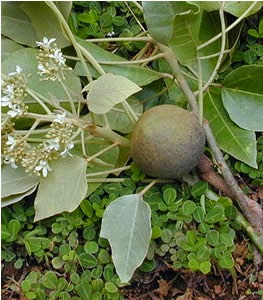Valentines Day: the widely celebrated day of love. Though well known for it's romanticism, it is difficult to say just where this holiday began. The Catholic Church recognizes at least three St. Valentines (or Valentinus) all of whom were martyred.
Some say Valentine was a priest during the 3rd century A.D in Rome. When Emperor Claudius ll
decided that soldiers were better at preforming their duties without a wife and family waiting for his return, he outlawed marriages for young men of "soldiering age". It is said that this particular St. Valentine, realizing the injustice of the Emperors decision continued to marry young lovers in secret. When the Emperor found out what Valentine had been doing behind his royal back, he was tried for treason and sentenced to death.
The oldest known Valentine is a poem written by Charles, Duke of Orleans in 1415. This poem was written to his wife while he was imprisoned in the Tower of London following his capture at the Battle of Agincourt. So for 600 years Valentines Day, celebrated Feb. 14 has been a time for romance and sharing of love.
DIY VALENTINES ROMANCE:
Think of this: She (the lucky lady) comes home to a meal cooked by the one she loves. Flowers on the table and a candle burning low, places set for 2 (or more if you have children ;)
After dinner and the children are tucked into bed, you lead her up to the bathroom where a warm milk bath is already drawn. She gets in and is greeted by another glass of wine, and strawberries dipped in chocolate, made by your hands. This could be the start of a very special evening...
So now you say... how the heck can I make THIS happen??? Read on my friend!
Rose Milk Bath: DIY Romance
2 Cups Milk (liquid or powdered milk, both work equally as well)
2-3 Cups home made rose water: (simply steep rose petals like tea strain and add fragrant water to
bath.
1/2 Cup honey (helps cleanse the skin).
1/2 Cup Epsom Salts (to continue the relaxation and skin cleansing)
*add a few extra rose petals strait into the bath water for visual and romantic appeal
 |
| How Could You NOT Fall in Love All Over Again? |
Hand Dipped Chocolate Covered Strawberries:
1 lb strawberries
16 oz dark chocolate
2 tbs shortening
piece of styrofoam and tooth picks
Directions:
-In a double broiler (or a container inside a large pot {pot 1/2 filled with water}) add the chocolate
and the shortening, allow these to melt together and stir
-place a tooth pick in the end of the strawberry with the green
-dip and swirl the strawberry into the melted chocolate and shortening
-place the tooth pick into the styrofoam (with the berry speared on top) to cool and dry
VIOLA~
From all of us at Recherch'e Organics
Enjoy this day of love!




























